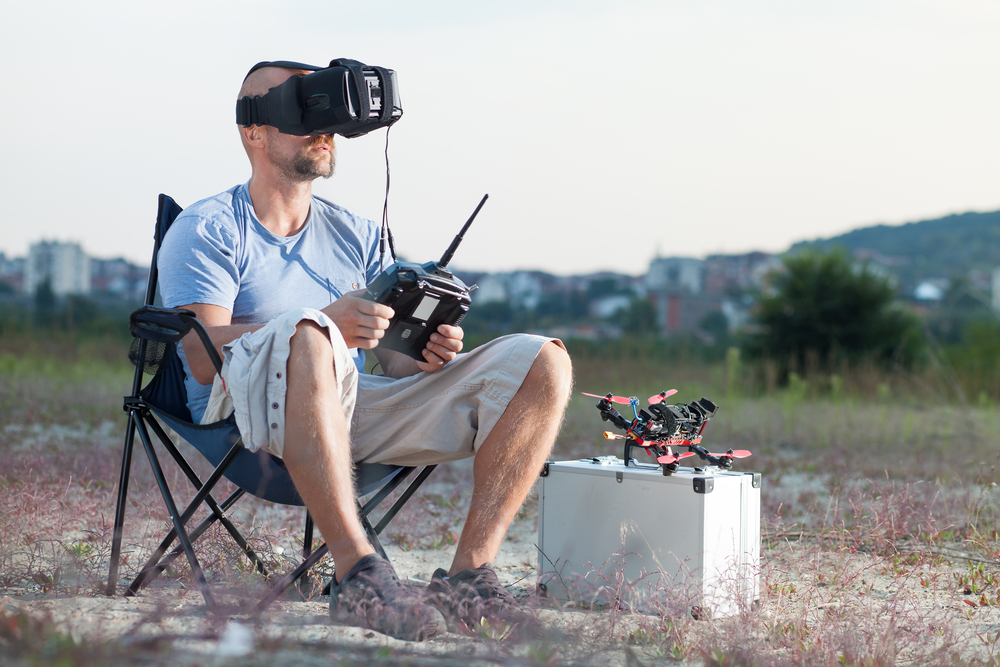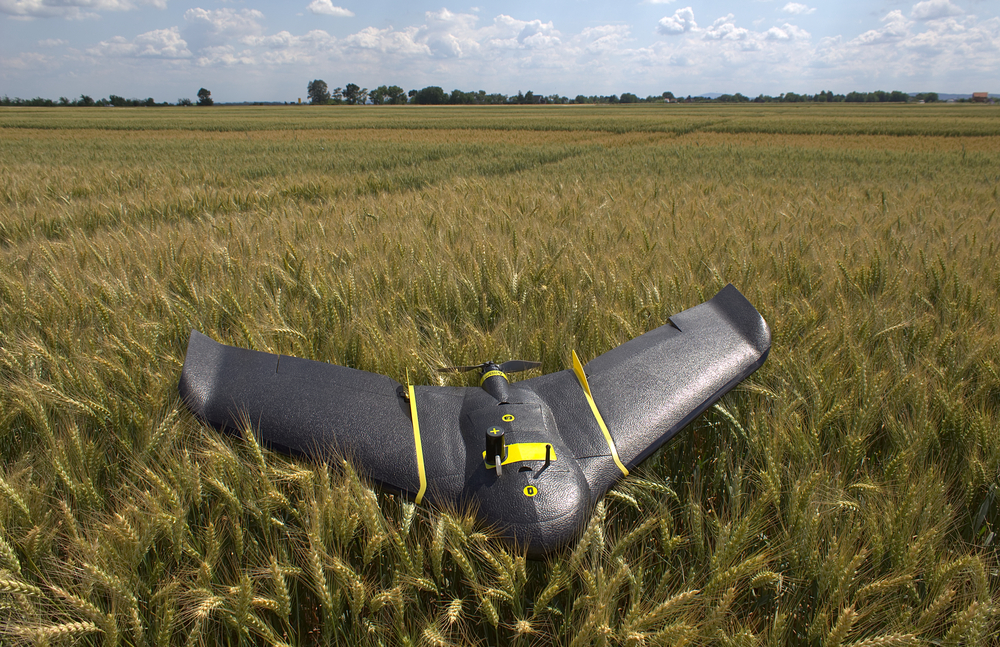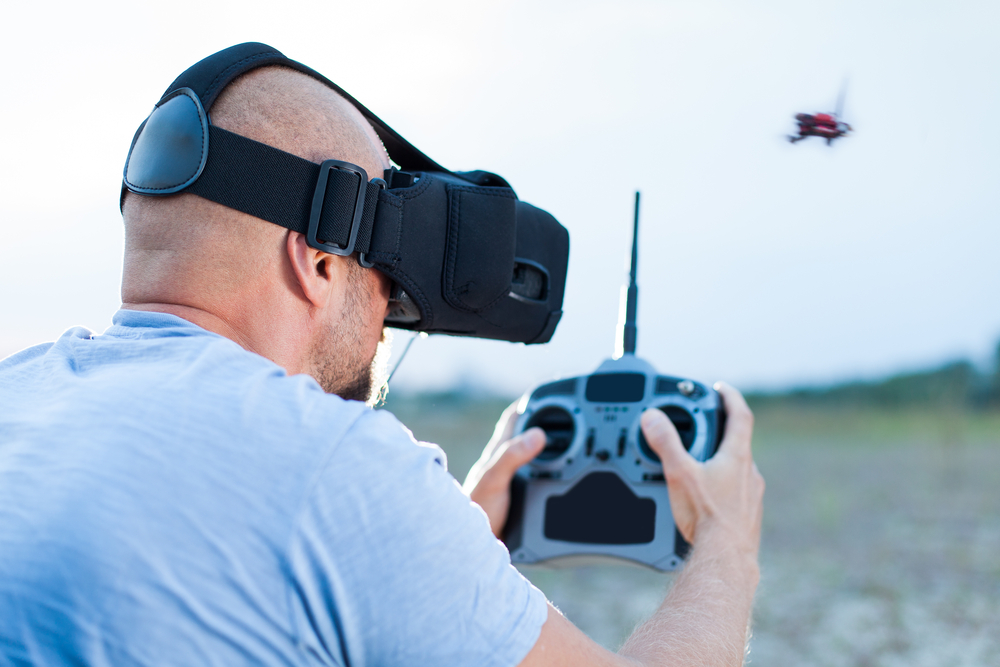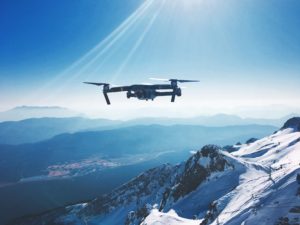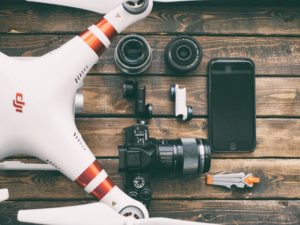First person view has become one of the common terms thrown around in UAV circles. FPV has revolutionized how we view the footage from a drone flying high above. A camera in the drone streams the live video feed to the receiver on the ground. FPV a short while ago was only available via a screen built into the remote controller. However, with technological advancements, drone pilots can now enjoy a cockpit view of the drone’s footage thanks to FPV goggles and other FPV equipment.
A short while ago, FPV flying was only available to premium and high-end drones. However as competition stiffens in the UAV market you can get FPV flying experience even from low-end drones. The best thing is that all types of drones support FPV, and it is a matter of choice, which you pick. In this article we will look at what FPV googles are and how the work, as well as what to look out for when shopping for FPV googles.
What are FPV Goggles
FPV Goggles are the latest piece of technology bringing a better drone flying experience. They are a portable gadget you wear on your face and you can with a real time live stream video from the camera. They are the latest addition to the growing pile of drone accessories, and they are an upgrade from the FPV monitor built into the remote controller. The FPV goggles have become very popular for their immersive flight experience and the drone pilot feels as though they are in the cockpit of the drone.
The goggles might have one or two screens for displaying the live feed from the onboard camera. They have made it possible for drone pilots to fly safely. Traditionally, pilots had to keep the drone in their line of sight, but with FPV goggles, you can see what the drone is, and be able to avoid the obstacles in the flight path.
Most drone manufacturers offer FPV flying through the built in screen on the remote controller and if you want a deeper FPV flight experience, you have to buy the FPV goggles separately. Some of the best FPV gogges brands include Skyzone, Aomway, Eachine, Fatshark, among others, though you will find goggles from top drone manufacturers such as DJI, 3D Robotics, Parrot, Hubsan, among others.
How Do FPV Goggles Work ?
FPV goggles are part of a line of FPV equipment that works in a similar manner. Other FPV equipment include FPV Camera, video transmitter (VTX), video receiver (VRX), and antennas which all work together in delivering the live fed right in front of your eyes in the FPV goggles.
FPV Camera
Most of the modern FPV cameras have low latency though they are capable of providing a dynamic range for when there are rapid changes in lighting conditions common in FPV flying. This means that the camera is analogue and cannot capture HD images, you will have to use an action camera for that.
Video Transmission System
The video transmitter (VTX) and video receiver (VRX) as well as the antennas, they determine the range and reliability of the video link. The most commonly used frequency bandwidth is 5.8 GHz since it is secure from interference from any other aircraft flying near the drone. However, it is worth mentioning that not all VRX and VTX operate on compatible channels, so it is necessary that you ensure that your VRX supports the VTX.
The VTX and VRX come with linear polarized antennas which are cheaper to make and simpler in structure and design. However, these are bound to suffer from interference and so it is better to swap them for circular polarized antennas.
Wi-Fi Bandwidth and Frequencies
All the above items work together in order to bring the live feed to the goggles or the monitor. However, goggles give a more immersed FPV experience. With the FPV googles, the image is clearer, and the view is not affected by the sunlight. The goggles are lightweight and compact, which enable easier transportation. The VTX and VRX receivers are connected via Wi–Fi.
They come in various shapes and design some with the antenna sticking out on the top part, while other have the VRX built into the googles. As a point of concern, always put your FPV goggles away from direct sunlight when you are not using them. This is because the optics used in the goggles are essentially magnifying glasses and exposing them to the sun will cause the rays of the sun to burn your LCD display monitor in your FPV googles.
There are four Wi-Fi frequencies used with FPV goggles,
- 900 MHz medium/long range that can penetrate through walls and trees but is culpable to interference
- 2 GHz for medium or long-range use as well and offer better interference protection than the 900 MHz frequency
- 4 GHz frequency for long-range FPV flights but it will not penetrate trees and walls a good as the 1.2 GHz and 900 MHz frequencies
- 8 GHz is the most preferred frequency since it is secure from signal interference from other drone near you. it is the best for short range FPV flights, uses a smaller antenna, and it is easy to set up.
Head Tracking
FPV goggles are equipped with a head tracking technology that feed the FPV camera with the orientation of your head. What the technology does is to keep track of your head movements and the FPV camera will point to the direction the goggles are facing. This module works best for drone that use flight-planning software. For a beginner, you can use the goggles with the drone on autonomous flight; you can focus on the flight experience.
With time you will have mastered the controls and be able to fly the drone with the remote controller and you will thus be able to have a more immersed flight experience just like playing your favorite Xbox or Play Station game using VR goggles.
Conclusion
FPV goggles without a doubt are the best thing to come after drones. Then not only give an immersed flying experience, they ensure that the pilot can fly the drone safely even over difficult terrain such as forests, mountains, rocky ranges without having to rely on line of sight. They have a range of up to 7 miles, but with advanced technology, there might be longer range that will allow the drone to fly further from the pilot than is already possible today.
